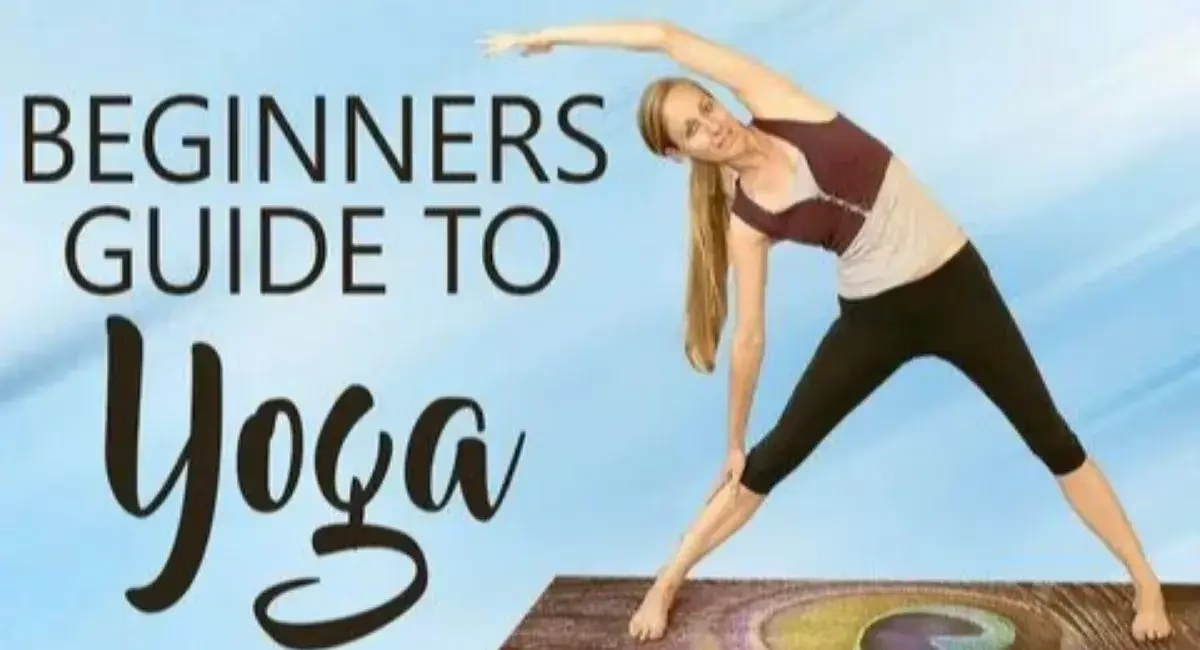Introduction
A Simple Guide to Yoga for Beginners: Easy 20-Minute Routine to Start Today Do you want to learn yoga but are intimidated by the variety of poses, styles, and routines available? You’re not by yourself. Because they are unsure of where or how to begin, many novices experience confusion and even discouragement before they even start.
In actuality, yoga doesn’t need to be difficult or frightening. You can start a life-changing practice that benefits your body and mind with just 20 minutes a day.
You don’t need any fancy equipment, a lot of flexibility, or prior yoga experience to explore the world of yoga with this beginner’s guide. One pose and one breath at a time, let’s start your yoga adventure.
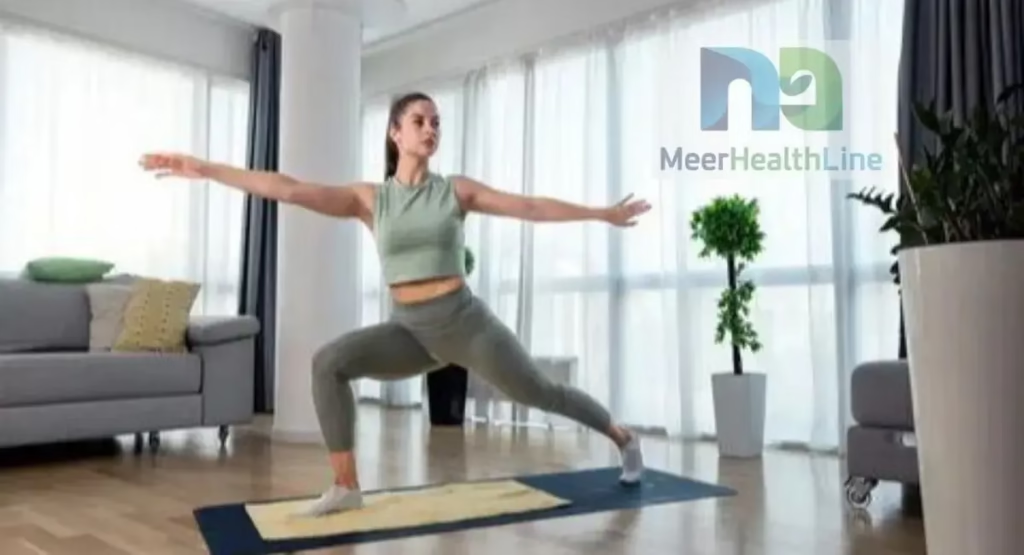
What Is Yoga? A Quick Overview
Over 5,000 years ago, the ancient mind-body practice of yoga began in India. The Sanskrit root “yuj” (to unite or join) is where the word “yoga” originates, signifying the union of body, mind, and spirit. While many contemporary forms of yoga concentrate on physical postures (asanas) and mindfulness, traditional yoga also includes philosophy, breathwork (pranayama), and meditation.
Popular Yoga Styles for Novices:
- Hatha Yoga: A mild, languid style that emphasizes fundamental poses. Excellent for teaching breath control and alignment.
- Vinyasa Flow: A dynamic style that creates a flowing sequence by connecting breath and movement.
- Yin Yoga: Uses passive, long-held stretches to target deep connective tissues.
- Props are used:in restorative yoga to promote deep relaxation and reduce
Stress
Yoga isn’t just about touching your toes—it’s about tuning in, letting go, and cultivating awareness.
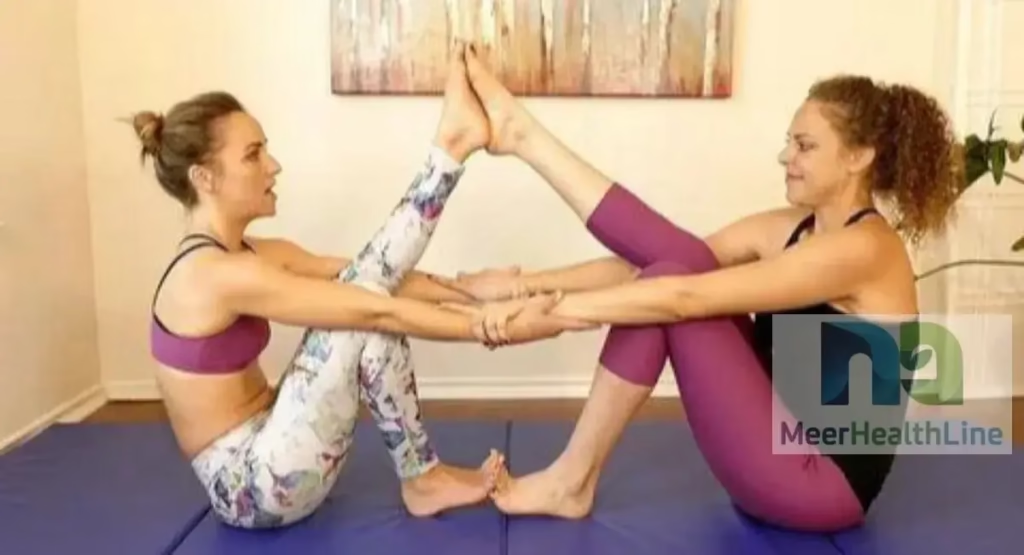
Why Yoga Is Great for Beginners
One of the easiest and most helpful exercises you can do if you’re just beginning your fitness or wellness journey is yoga. This is the reason: • ✔️ Low Impact & Gentle: Yoga is suitable for all ages and fitness levels and is less taxing on the joints than high-intensity exercises. • ✔️ Develops Functional Strength: Bodyweight exercises strengthen muscles and the core. • ✔️ Increases Flexibility Over Time: Practice makes perfect; you don’t have to be flexible at first. • ✔️ Lowers Stress & Anxiety: Mindfulness and controlled breathing soothe the nervous system. • ✔️ Encourages Better Sleep & Digestion: Yoga poses in the evening can help the body relax before bed. • ✔️ Suitable for Anywhere: All you need is a mat and a small area.
In just 20 minutes a day, you can begin to feel stronger, more focused, and more at ease.
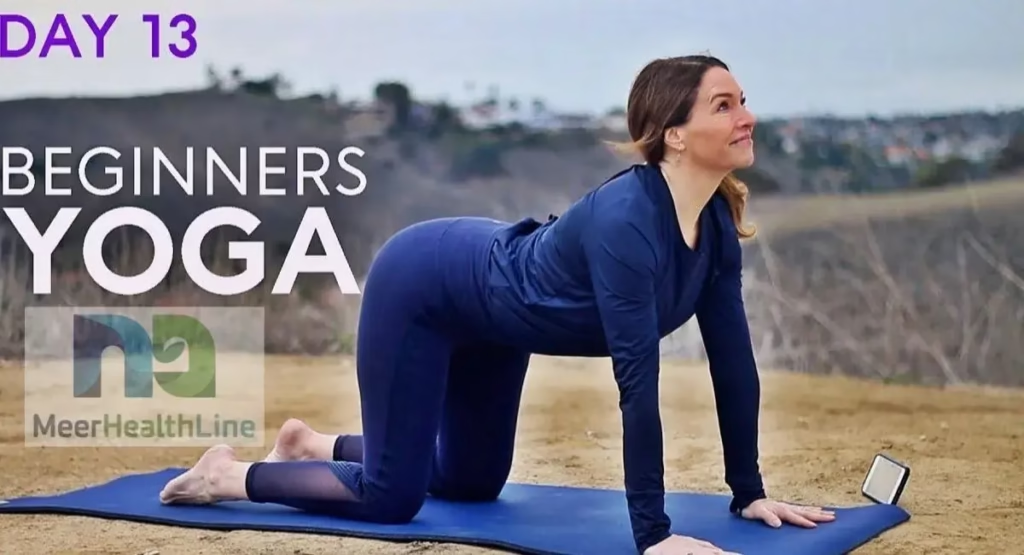
What You Need to Start beginner yoga routine
It takes very little to begin yoga. Actually, the majority of what you need is probably already in your possession. Important Things:
• Yoga mat: Offers support and cushioning. Use a towel on a soft surface if you don’t have one. • Comfortable Clothes: Dress in airy garments that let you move and stretch. • Quiet Space: Locate an area where you can freely extend your arms and legs. Extra Items:
• Yoga Blocks: Assist your body in challenging positions. • Yoga Strap: Helps increase flexibility, particularly when stretching the hamstrings. • Cushion or Bolster: Offers comfort when sitting or in restorative positions. Electronic Instruments: • YouTube Channels: Check out “Boho Beautiful,” “SarahBethYoga,” or “Yoga With Adriene.”
• Apps: Beginner friendly sessions are available through Insight Timer,
Down Dog, or Glo.
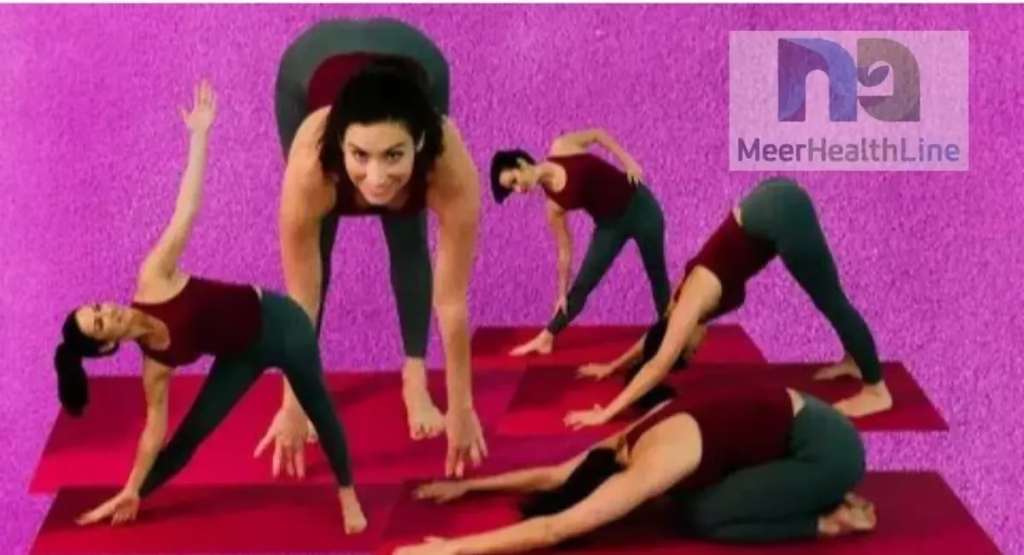
Basic Yoga Poses for Absolute Beginners
You can increase your flexibility, body awareness, and confidence by practicing these basic poses. Breathe deeply and practice them slowly.
1.Tadasana, or mountain pose:
- Place your feet hip-width apart and stand tall.
- Hands at the center of the heart or arms at the sides
- Lengthen your spine and ground your feet.
2. Child’s Pose (Balasana):
- Bend forward, sit back on your heels, and kneel
- Arms outstretched, forehead to mat
- Calm pose to ease back strain
3. The Cat-Cow Pose (Bitilasana-Marjaryasana):
- While on hands and knees,
- gently repeat the following breathing exercises to warm
- your spine: o Inhale: arch back, lift head and tailbone
- (Cow); o Exhale: round spine, tuck chin (Cat).
4. Downward Dog (Adho Mukha Svanasana):
- Raise your hips up from all fours to create an inverted V.
- Stretch your calves, hamstrings, and shoulders.
5. Bhujangasana, also known as Cobra Pose
- Involves lying on your stomach,
- pressing your palms under your shoulders, and raising your chest.
- This pose opens your chest and strengthens your spine.
6. Seated Forward Fold (Paschimottanasana):
- Sit with your legs out in front of you;
- Inhale to lengthen your spine;
- Exhale, fold forward, and reach for your feet.
7. Savasana, also known as the corpse pose
- involves lying flat on your back,
- keeping your arms by your sides,
- palms up,
- closing your eyes, and fully relaxing.
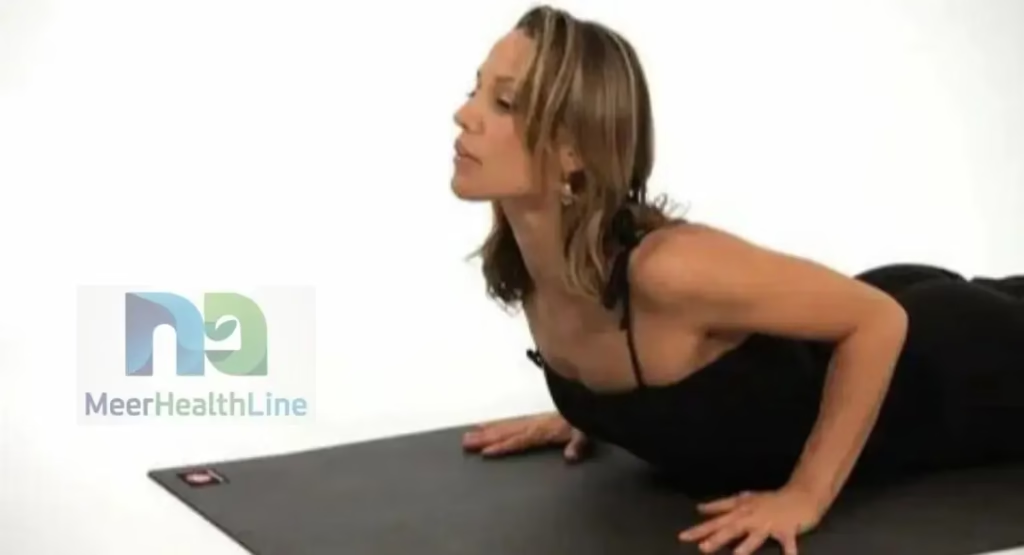
A Sample 20-Minute Yoga Routine for Beginners
Breath, movement, and relaxation are all combined in this easy routine to create a full, beginner-friendly session.
| Time | Pose | Purpose |
| 2 min | Seated Breathing | Settle your mind, deepen breath |
| 3 min | Cat-Cow Stretch | Warm up the spine |
| 3 min | Downward Dog | Activate the full body |
| 4 min | Low Lunge (each side) | Stretch hip flexors and legs |
| 4 min | Warrior II (each side) | Build stability and strength |
| 2 min | Forward Fold | Release tension in hamstrings |
| 2 min | Savasana | Deep rest and integration |
Tip: Repeat this routine 3–5 times per week to start seeing results.

Common Mistakes Beginners Should Avoid
If not done properly, even a gentle practice can cause discomfort or frustration.
The following errors should be avoided:
- Holding your breath in challenging poses; skipping the warm-up or cool-down; and comparing yourself to other people (everybody is different!)
- Ignoring alignment and posture (check form with mirrors or guidance)
- Pushing too hard, too quickly Pay attention to your body.
- Intense strain or sharp pain should never be experienced during yoga.
Tips to Stay Consistent with Your Yoga Practice
The secret to reaping the benefits of yoga is to develop a habit.
Try these easy tactics:
- Establish a routine: Mornings are ideal for reviving your day.
- Choose a location: If at all possible, keep your mat rolled out.
- Attend online courses: Playlists for beginners help you stay on course.
- Monitor your progress: Make use of a yoga app or journal.
- Locate a friend: You can stay motivated by practicing with a friend.
- Begin modestly: For beginners, 10 to 20 minutes a day is more than enough.
Benefits You’ll Notice Over Time
You’ll probably experience the following benefits with regular practice:
- ✅ Improved posture and balance
- ✅ Increased strength and stamina
- ✅ Less stress, anxiety, and mental fog
- ✅ Better digestion and sleep quality Beyond its physical benefits, yoga can help you develop a greater sense of calm and awareness in your day-to-day activities.
Conclusion:
Yoga isn’t about performance or perfection. It’s about self-care, awareness, and connection. It doesn’t matter if you can maintain a pose for three minutes or thirty seconds; what matters is that you respect your body and show up regularly. You can develop a yoga practice that improves your life in both significant and minor ways with just 20 minutes a day. Now unfold your mat, inhale deeply, and get started.

Welcome to Meer Health line. I am Muhammad Naeem, an AI-Povered SEO, and Content writer with 4 years of experience.
I help website rank higher, grow traffic, and look amazing. My goal is to make SEO and web design simple and effective for everyone.
Let’s achieve more together!

